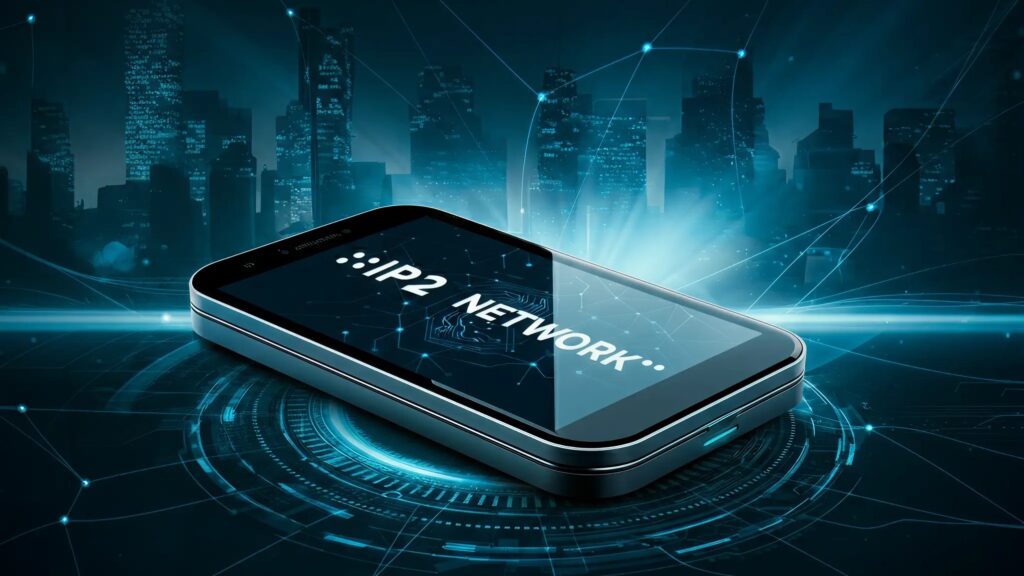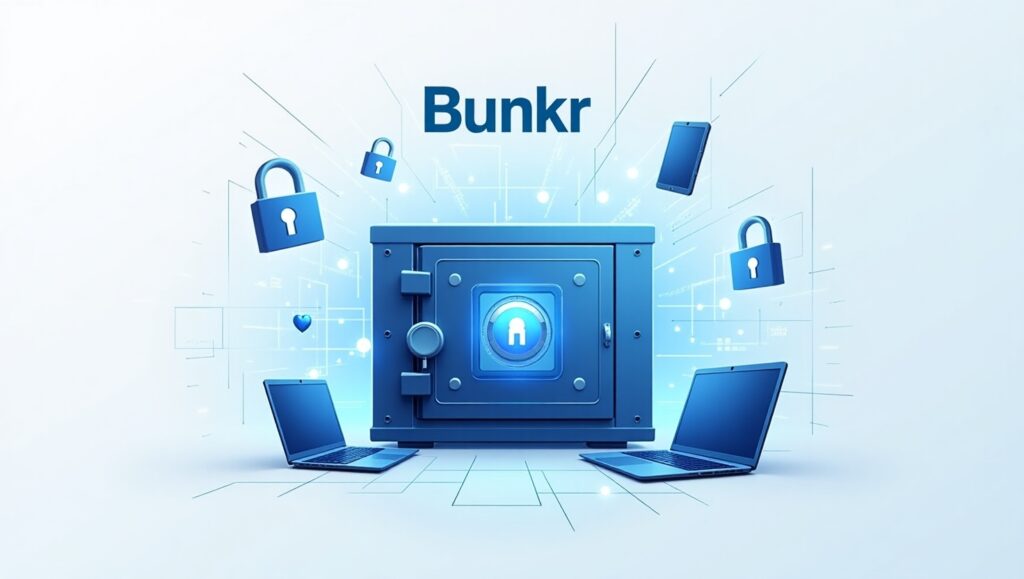In cyberspace, an IP address is more than just a number, it is a unique identifier that has a lot of information wrapped within it. “IP2 Network Insights” generally refers to the valuable data and intelligence generated from services such as IP2Location or by looking at a specific IP2 Network service provider’s infrastructure. Familiarity with this IP2 Network Insight is very important for industries in security, marketing or web development.
What Are IP2 Network Insights?
In other words, this is the concept of taking a raw IP address and transforming it into valuable business intelligence. This is accomplished by conducting a query utilizing a dedicated database or API that associates an IP address with multiple data elements.
IP2 Network Insights might best be characterized in four main categories:
1. Geolocation Intelligence: The “Where”
This is the most common use. It provides obvious if not accidental information about the physical (or logical) location of an IP address.
Country, Region, and City: Very important for content localization and regional compliance (such as GDPR).
Coordinates: Latitude and Longitude used for mapping and smart geo-targeting.
Time Zone & Currency: Automatically represent the correct local time and pricing.
2. Connection and Infrastructure: The “How”
This layer gives information about the network itself.
Internet Service Provider (ISP): indicates the company that provides the internet service (i.e. Comcast, Deutsche Telekom)
Domain Name: the corresponding domain name for the IP.
Connection Type: indicates the network type; Possible classifications include Residential, Corporate, Cellular or Data Center. This is an important aspect of connective infrastructure.
3. Security and Threat Analysis: The “Risk”
This is important in today’s Cybersecurity environment.
Proxy Detection: Highlights whether or not the IP is a VPN, TOR exit node, web proxy or residential Proxy. If users are attempting to hide their true location, this insight can help with detection.
Threat Intelligence: Specific IP data related to malicious activity such as spamming, botnets or hacking.
4. Domain and Network Ownership: The “Who”
This type of information involves WHOIS lookups and ASN (Autonomous System Number) data to identify the ownership and operational control of the assigned network block.
Why Do These Insights Carry So Much Value?
The possibilities are wide-ranging and cross-departmental:
For Enhanced Security & Fraud Prevention:
Block Fraudulent Transactions: Identify and block purchases from high-risk countries or known proxy networks.
Secure Logins: Ask for extra confirmation if they are logging in from a country you don’t usually see them log in from or from anonymous networks like TOR.
Protect Content: Protect intellectual property and enforce regional licensing agreements.
For Personalized User Experiences & Marketing:
Content Localization: Display your website in the user’s language, as well as regional offers.
Ad Targeting: Serve highly relevant ads based on users’ geographic location.
Compliance: Ensure you are meeting regional legislative requirements with data privacy and content distribution.
For Network & IT Management:
Traffic Analysis: See where your website visitors or application users are coming from.
Load Balancing: Efficiently balance traffic across servers based on local demand.
Key Considerations and Limitations
Even though IP2 insights are powerful, it’s important to be aware of their limitations:
Not Always Accurate: Geolocation is not perfect. Geolocation accuracy can be:
City-level: Certain for residential ISP connections.
Region/ Country: Seen frequently for mobile (cellular) Networks, and some corporate networks
Data Center IPs: Usually just provide the location of the data center, and not the user’s actual location
Privacy is Important: This data should be used in accordance with privacy regulations: e.g. GDPR, CCPA, etc. Be transparent in your privacy policy on what and how you collect and use data from IP.
VPNs / Proxies Hide the Truth: A user on a VPN, will be geolocated at the VPN server, not where they are actually located. This is why proxy detection is an important part of the insights package.
Getting Started
The vast majority of businesses use these insights through an API or local database from some vendor.
API is the best option for low volume use and a database offers faster responses and is the better option for a higher volume website.
In Closing
IP2 Network Insights today are a core tool of the modern internet. They offer a layer of context that converts an anonymous IP address into an intellectual asset to protect your platform, customize your user experience, and drive data-approached decisions. Gaining an understanding of these insights and how to responsibly use them will give you a real advantage over your competition.






